Ever wonder about the saying “the proof is in the pudding”?
It means the value, quality or truth of something must be judged based on its results. In an age in which a tall tale is often accepted as truth, we wanted to present to you referenced facts with supporting figures and images on the work you have entrusted us to do in your name to help conserve Canada’s wildlife. At the Canadian Wildlife Federation, your trust is an essential part of our partnership — we take it very seriously.
And so we’d like to report back to you now on some of the work we have accomplished so far this year. I think you’ll find our proof is 100 per cent.
Endangered Species & Biodiversity
Bettering the Lives of At-risk Bats
Due to human influences, including the inadvertent introduction of White-nose Syndrome, nearly half of our Canadian bat species are now at risk of extinction. Throughout the summer, we’ve been busy studying one of Canada’s most unique mammals and their habitat to help reduce some of these key threats.
- Thanks to more than 1,500 direct participants and our countless invaluable supporters CWF and partner researchers have been able to determine the key features for an ideal bat house in Canada. The Canada bat box study, undertaken with the financial support of the Government of Ontario and Environment and Climate Change Canada, is the first nation-wide investigation into what makes a bat house more likely to be used by bats.
- We carried out another year of tracking endangered Little Brown Bats at a maternity colony we discovered in a Quebec cottage. As a result, we were able to map their movements and locate several new roosts, but equally importantly we worked with the amazing homeowners who will continue to protect the bats on their property. There is even a potential to install a bat condo which looks like a small shed on stilts that acts as a roost site for larger bat colonies.
- We’ve also been busy spreading the word for bat conservation through positive social media messaging, dispelling myths and offering accurate information about these small mammals at HelpTheBats.ca.
Taking on Turtles
The CWF turtle team was busy again in 2024.
- We conducted surveys for the Endangered Blanding’s Turtle in the spring, to try and find them in previously undocumented areas. One documented observation in a new area results in additional habitat protection for that wetland and nearby wetlands. We found Blanding’s Turtles in several new areas, and as a result, there will be more protected wetlands for both turtles and other species that depend on these habitats.
- We also conducted surveys for turtles on roads and found more than 200 dead turtles on roads this year in the Ottawa area, including more than 20 dead Blanding’s Turtles. Wildlife fencing has now been installed at four of the worst locations for turtle road mortality, but more work is needed in other areas.
- We collected and incubated more than 1,000 turtle eggs this year from eastern Ontario. We incubated eggs from Blanding’s, Northern Map, Painted and Snapping Turtles. This year we incubated more Blanding’s Turtles nests than ever before, releasing almost 300 hatchlings back into the wild and giving a large boost to this Endangered species.
- We also installed more than 20 nest protectors on Snapping Turtle nests that were at high risk of predation, protecting more than 600 additional turtle eggs.
Gathering Valuable Species Data Using Citizen Science
The Canadian Wildlife Federation continues to lead iNaturalist Canada, which recently surpassed 15 million observations. Thanks to the dedicated people contributing observations and helping with identifications iNaturalist Canada is an the amazing success. As a testament to just how great this community is, the New York Times had called it the nicest place online. Delivering webinars, guides and downloadable resources, throughout the year, CWF has armed people with knowledge and expertise to take iNaturalist Canada to a whole new level. It is now the largest platform to record all wildlife species in Canada, and around the world.
With such a breadth of contributions, some groundbreaking contributions to conservation have been made, including:
- The first occurrences of Hydrilla in Canada, an invasive aquatic plant which is now being monitored by invasive species programs and agencies.
- A scientific publication using iNaturalist data looking at the terrestrial movements of Eastern Musk Turtle, which until now was believed to stay within or closer to water.
- More than 311,000 observations of species at risk in Canada collected through the Species at Risk in Canada iNaturalist project.
- A CWF-led Canadian push in the global City Nature Challenge, where 40 Canadian cities and more than 4,700 observers competed amongst 482 cities around the world to record wildlife observations in the spring. Collectively uploading over 123,000 observations in Canada, we helped further our knowledge of biodiversity during the friendly competition.
- The inaugural Great Canadian Bioblitz an annual late summer initiative to track biodiversity at a key time of year when plants and animals transition into fall. More than 42,000 observations were logged and 4,000 species observed!
Forests & Grasslands
This year we have continued valuable work in taking stock of terrestrial species from Quebec westward to Saskatchewan.
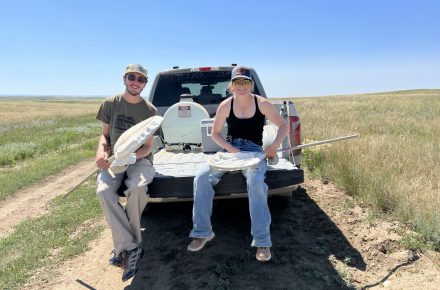
- This summer, we continued surveys for Bobolinks and Eastern Meadowlarks on pastures and hay fields in western Quebec. This project, done in collaboration with ALUS, encourages partner farms to use best management practices to reduce the harm of hay cutting and livestock grazing on grassland birds found on their lands. We surveyed 13 farms new to the project, of which 10 had Bobolinks and/or Eastern Meadowlarks breeding in their fields.
- The Native Grassland Conservation Program is a partner on the Central Prairies Living Labs project; a collaboration of the South of the Divide Conservation Action Program. The CWF insect crew spent eight weeks around Mankota, SK collecting over 200 samples from five grasslands. Each sample has many species, so now we have our work cut out for us analyzing all these specimens — linking them to grassland birds and plants.
- The Rights-of-Way team has continued supporting the creation of habitat for Monarch Butterflies by supporting and empowering land managers in Ontario and Quebec as crucial stakeholders in the conservation effort. New to this year, the team expanded the ROW network to Quebec. We have been actively engaging with municipal leaders, conservation groups and a public trails committee in the Outaouais region to explore meadow habitat restoration. With many site visits to assess project suitability, we aim to initiate pilot projects with new partners this Fall advancing land management, biodiversity conservation, and community engagement in the Outaouais and Western Quebec.
- This summer marked the first field season for the Greater Toronto and Hamilton Area project since its launch, and a diverse group of partners – ranging from municipalities, to conservation authorities, to community organizations – engaged in preparing and seeding sites all around the GTHA to grow habitat for Monarch, even in some of the most urbanized areas in the region. We also had site visits to plan restoration, showcasing the power of collaboration and partnership for meadow habitat restoration.
- We completed annual meadow site visits to southwestern and eastern Ontario meeting with partners and evaluating the meadow projects. We looked at the progress of their sites including: growth of desired native plants like milkweed and other wildflowers, and the control of weeds at the site. We also conducted pollinator scorecard rankings on sites to get an indication of their quality for pollinators. In a few cases we were greeted by birds, many bees and wasps, and even Monarchs. Great in-person discussions were had on restoration, pollinators and ecology of their respective regions.
- Analysis of the impact of roadside maintenance on pollinator populations (i.e. bees and flower flies) continues this year with the last rounds of sampling being done in the counties of Lanark and Leeds & Grenville and the city of Ottawa. Collecting for this second year of sampling started at the end of May and will proceed until late September. Sampling from 2023 yielded over 1,800 specimens from 120 species of pollinators. Analyses of the data from 2023 shows a significant increase in the abundance and richness of pollinators in the low impact and hydroseeding treatment sites (spot spraying of invasives and less frequent annual mowing) when compared to the ‘business as usual’ treatment sites (boomspraying of herbicides and more frequent annual mowing). Special highlight for the threatened species Bombus terricola (the Yellow-banded Bumblebee) and the uncommon Xylota annulifera (Longspine Leafwalker) only being found in the low impact treatments.
Education & Leadership
Helping Urban Wildlife through Gardening
Gardeners of all sorts play a critical role in conservation. Together we are helping our local and migratory wildlife at home, work, school, in our community and, when our spaces connect as thriving corridors, our impact reaches across the nation.
- WILD Spaces, our pollinator school program, continues to help youth discover the importance of our pollinators with online course content and supports them in creating beneficial gardens. This year, CWF sent out over 5,000 plants and seed packets to schools across the country, helping youth realize that they can indeed make a difference in supporting them.
- Our Intergenerational Gardening program continues to connect seniors and youth in wildlife-friendly activities. In the words of partner Azra Temple, Recreation Manager from the Old Forge Community Resource Centre, “These intergenerational activities have made a significant impact on our senior community by enhancing social connections, promoting healthy living, encouraging outdoor activity and fostering a shared commitment to preserving Canada’s wildlife and habitats”.
- The Gardening for Wildlife program once again had hundreds of participants in our webinars and our online course which has supported almost 6,000 people with wildlife-friendly gardening advice since its inception four years ago. We participated in community events and served as guest presenter to various groups including the Canadian Society of Landscape Architect’s Committee on Climate Adaptation and Municipal Roundtable. We also had the pleasure of serving on a native plant panel with Communities in Bloom. A big achievement was working with other groups and a prominent author/activist in creating an open letter to municipalities for bylaw reform to allow for habitat gardens on private property. This letter is available to download and share with your elected officials to restore biodiversity in our communities. And we supported local youth with conservation projects at our wildlife-friendly demonstration garden and saw how keen these kids were for this information and type of engagement. Very encouraging!
- So far this year, our Garden Habitat Certification has certified 1,200 properties as “Wildlife-friendly Habitat” bringing our total number of properties to nearly 7,000. Several hundred of this year’s property owners purchased a sign to celebrate their garden accomplishments and raise awareness, showing the purpose behind their planting.
Leading Youth into Conservation
- Young people are getting outside and giving back to their community through WILD Outside, the Canadian Wildlife Federation’s award-winning, barrier free, youth program! WILD Outside empowers young people ages 15 to 18 to engage in impactful service in the name of conservation, all while making friends and experiencing the great outdoors.
- This summer the WILD Outside team has been busy leading incredible outdoor adventures and conservation service projects with youth across the country. Some of the events we hosted include invasive species removals, tree planting, litter clean-ups, intergenerational gardening projects, hiking, canoeing, kayaking, learning to fish, a turtle hatchling release, habitat restoration projects and much more!
- To make some of these events possible WILD Outside received funding from Paddle Canada, the Aston Family Foundation, the Muis Family, and the Bloomberg Philanthropies Youth Climate Action Fund.
- 2024 by the numbers: 1,151 participants enjoying 119 events and undertaking 60 service projects culminating in 3,257 volunteer youth hours.
Lakes & Rivers
Love Your Lake: Healthy Shorelines for Healthy Lakes
Shoreline property owners continue to love their lake with Love Your Lake, a shoreline assessment and stewardship program. Love Your Lake is a joint program between CWF and Watersheds Canada and we thank our regional partners in Ontario and Nova Scotia for delivering this program on lakes within their area.
- This summer approximately 2,650 properties were assessed on 15 lakes. These property owners will have access to a free copy of their personalized shoreline property report in spring 2025. This report contains voluntary information on ways of improving shoreline and lake health!
- Eleven microgrants took place on lakes that had been assessed through the Love Your Lake program. Successful lake associations were awarded with up to $500.00 to naturalize shorelines with native plants. Thanks to many community volunteers for helping to restore more of Canada’s lake shorelines!
- Since the program began in 2013, over 52,000 properties have been assessed on 229 lakes. Over 4,000 km of shorelines have been assessed, that’s about the same distance from Halifax, NS to Grand Rapids, MB.
We look forward to assessing more of Canada’s shorelines with the help of our regional partners to further improve the health of Canada’s lakes for wildlife and future generations. More information on Love Your Lake can be found at LoveYourLake.ca. If you would like to deliver Love Your Lake on your lake, please e-mail us at [email protected].
Connecting Waterways
CWF and partners are restoring freshwater connectivity for aquatic species by addressing human-made barriers to fish passage often caused by dams and the construction of roads and railways built over streams. We are addressing this threat to fish and freshwater habitat by mapping all aquatic barriers in the Canadian Aquatic Barriers Database (aquaticbarriers.ca) and developing a mobile app to enlist the help of Canadians in identifying and describing these barriers.
We are working with local Indigenous and NGO partners to use these data to prioritize barriers at the watershed level, identifying the small subset that block the most habitat for important species as priority projects. Planning is underway in seven watersheds in BC, two in Nova Scotia, and one in Alberta and PEI. Where priority barriers have been identified, owners are stepping up and removing or replacing structures with those that are passable by fish.
- Over the past five years, CWF has been directly involved in restoring access to more than 3.3 million square metres of habitat (332 hectares) at 26 sites throughout British Columbia.
- In 2024, we partnered with the Lower Nicola Indian Band to restore fish passage and habitat at a small collapsed and abandoned dam on Clapperton Creek in the Nicola River watershed in BC, restoring passage for Coho and Chinook salmon, steelhead, and Mountain Whitefish.
- In Prince Edward Island in 2024, CWF worked with the Souris and Area Branch of the P.E.I. Wildlife Federation and the Atlantic Salmon Federation to remove an old concrete bridge. The removal of this barrier will allow for passage of Atlantic Salmon, Brook Trout, American Eel and other aquatic organisms.
- Funding for these programs has been supported in part by the Government of Canada and Province of British Columbia through the BC Salmon Restoration and Innovation Fund, Pacific Salmon Commission Southern Fund, the Province of PEI, Environment and Climate Change Canada’s Environmental Damages Fund, the the BC Habitat Conservation Trust Foundation, and the Royal Bank of Canada.
- Advocacy: CWF is proposing a national fish passage strategy that includes $200M in funding to help address 1,000 barriers, and application of existing Fisheries Act powers to require that owners address an additional 2,500 barriers by 2030.
Coasts & Oceans
The 2024 summer season has been an exciting time for the marine conservation science team, as we continue to advance efforts to make the ocean safer for Canada’s whales.

This year our team has:
- Presented our work at conferences across the country. With over 10 presentations given at four different conferences, we have received amazing feedback from industry and science colleagues on our progress.
- Diligently tested on-demand (ropeless) gear with several new fish harvester partners! We are nearing our 1300th deployment and are continuing to learn valuable insights on the suitability of this technology for different fisheries and regions of Atlantic Canada.
- Operated the CanFISH Gear Lending Program, which now boasts 200 on-demand units for loan to harvesters to continue fishing when areas are closed to traditional fishing gear to protect whales. With more than 200 harvesters licensed to fish with on-demand gear, we have been providing training and information sessions to harvesters as well as fisheries enforcement officers about on-demand gear, its use, and benefits for the industry.
- Created an entanglement mitigation program on the West Coast bringing the work we have done in the Atlantic to the Pacific! We have made great connections with multiple groups and will start field trials of on-demand gear in the fall.
- Began planning our fifth fish harvester workshop where we will gather with our project partners to discuss program results, future directions and current issues surrounding fisheries and marine mammal conservation. This is an important way for us to stay informed of industry perspectives and share our program’s work.
- Conducted an assessment of the Government of Canada’s aerial surveillance program to determine how surveillance activity for North Atlantic Right Whales varies across regions and years. This work will let us know if we are surveying the right areas and the right time to find these rare whales!
- Finally, we have completed an assessment of the vessel slow down zones in the Gulf of St. Lawrence, aimed to reduce the chance of a lethal vessel strike. This work is being presented to government officials to provide valuable recommendations on how to improve these management actions.
Connecting With Nature
We helped hundreds of thousands of Canadians connect with wildlife this year alone!
- This year, we shared with you that our CEO, Rick Bates, was retiring, and the new position has now been filled by Sean Southey. Watch this video as Sean introduces himself to supporters and his pledge to continue the work to which we have dedicated ourselves. This includes our new five-year strategic plan, which we are now enacting.
- National Wildlife Week and Rivers to Oceans Week were further campaigns that helped thousands of Canadians engage with wildlife conservation. From these initiatives, we launched a #DoMoreForWildlife Take Action calendar — an interactive calendar that gives anyone interested in helping wildlife a single source to find daily activities that will further our collective mission to help wildlife.
- There were dozens of events across the country where Canadians had hands-on experiences with wildlife or engagement with CWF staff. From CWF-lead workshops and WILD Education training to various species-related webinars delivered in both English and French, CWF staff continued to share our conservation message with audiences across the country in multiple formats. From various Earth Day celebrations to the Girl Guides “Girl Jam,” Oceans Day Halifax activities to the Edmonton Biodiversity Festival to the McGill Biodiversity Conference, My New St. John’s Expo direct engagement with Canadians reached pre-COVID levels.
- Finally, our joint program with Environment Canada and Climate Change, Hinterland Who’s Who, was hard at work again! Did you know it takes a full year, from filming to the finishing touches, to complete one of our PSAs? Last year, we went filming in Churchill, MB, for the Beluga and Arctic Fox videos. These new videos were released in 2024, to celebrate Rivers to Oceans Week and Indigenous Day. They are now available on the HWW website, Youtube channel and, of course, on a TV station near you! We are currently hard at work on the PSAs to be released in 2025! Stay tuned!

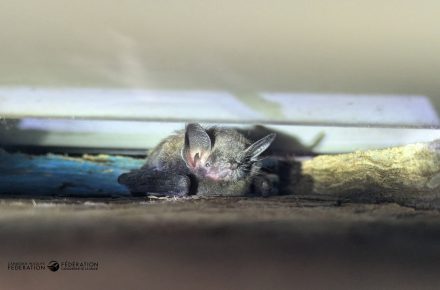
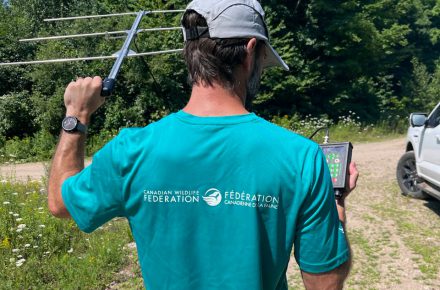
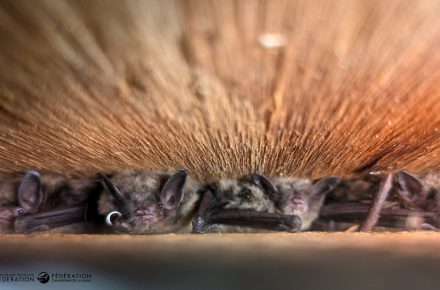
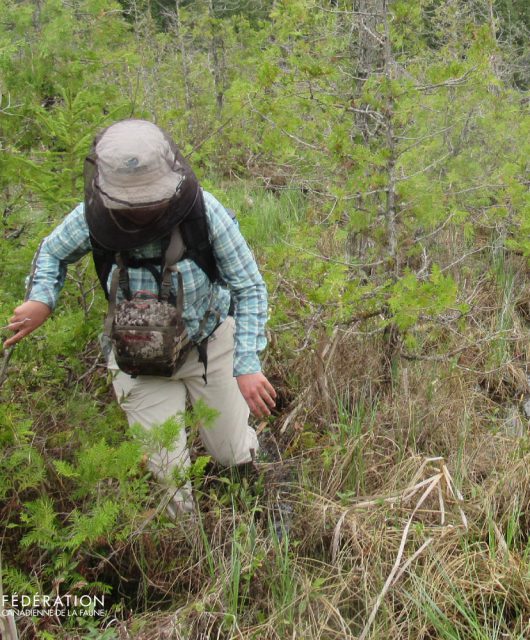
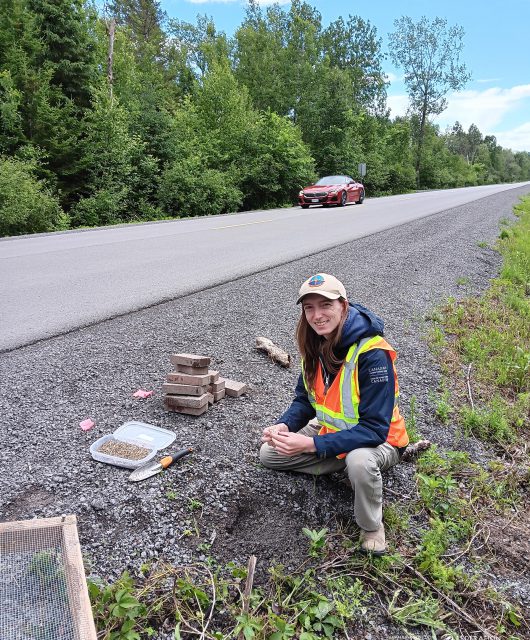
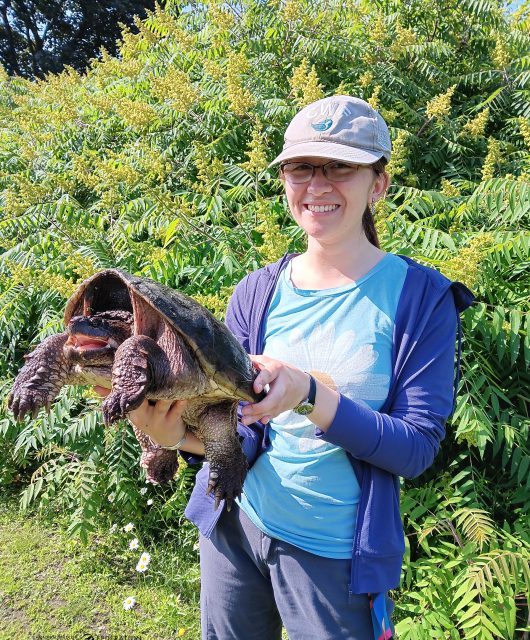

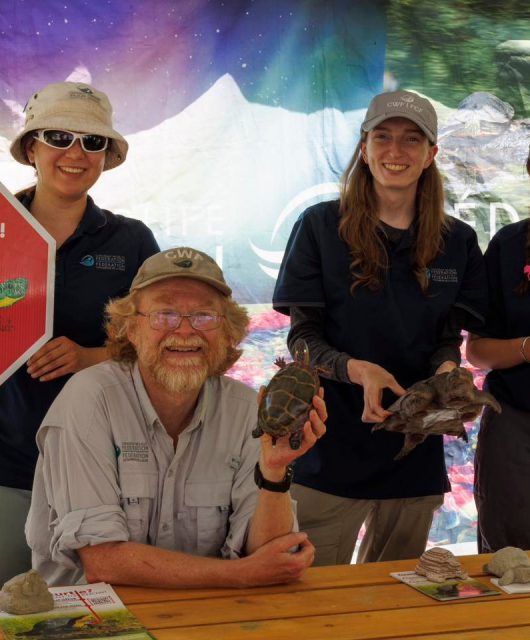
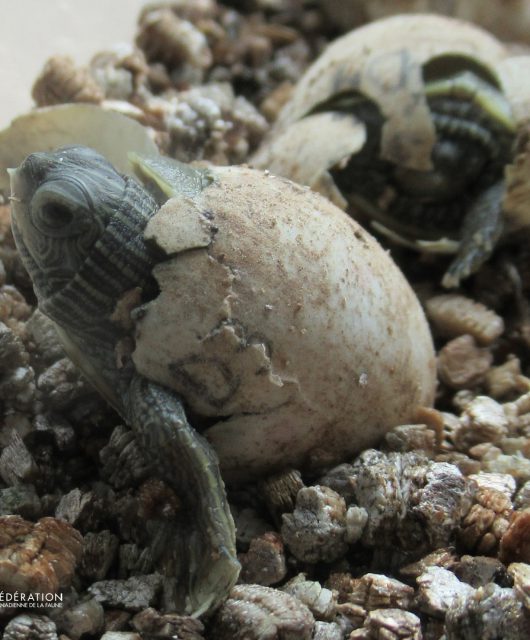
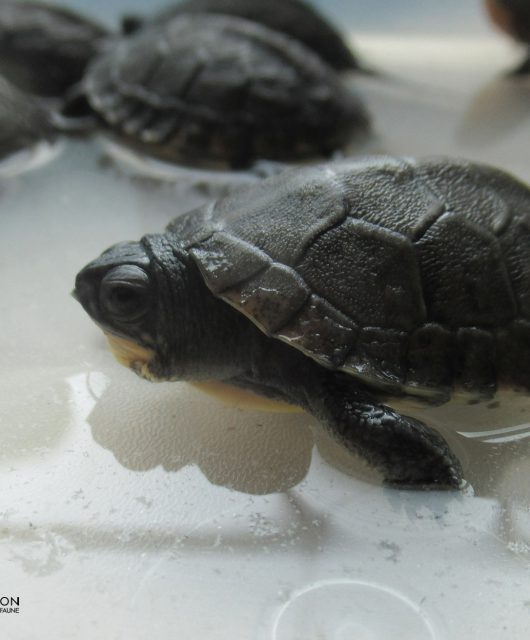

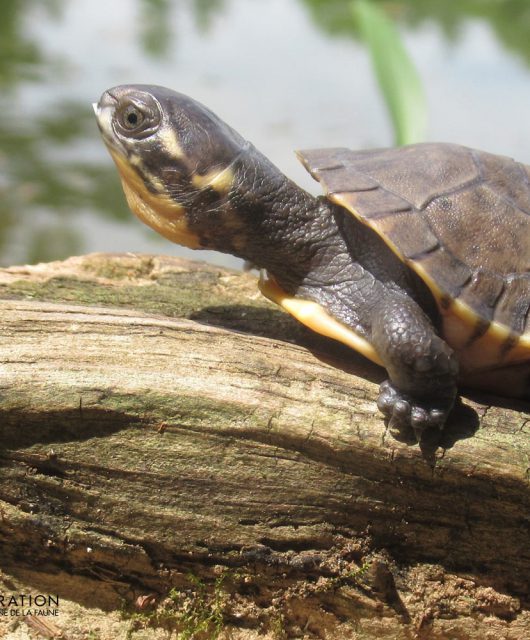

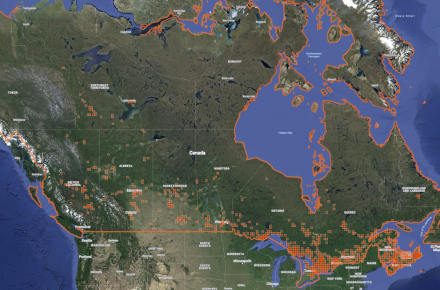
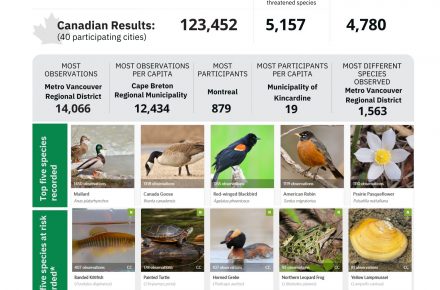
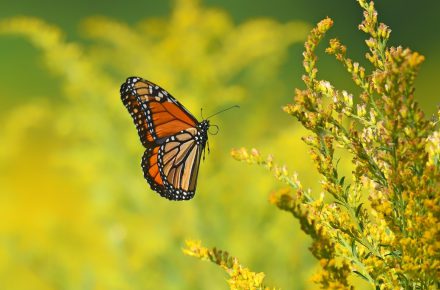
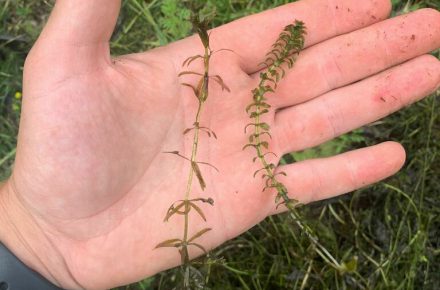


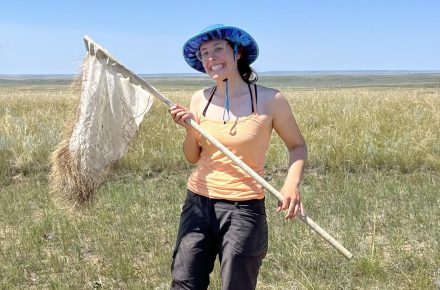
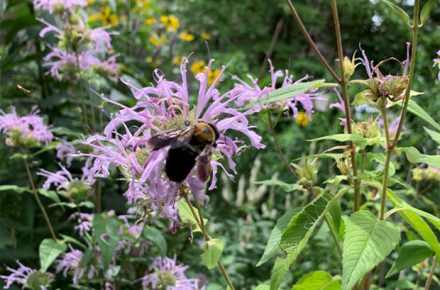

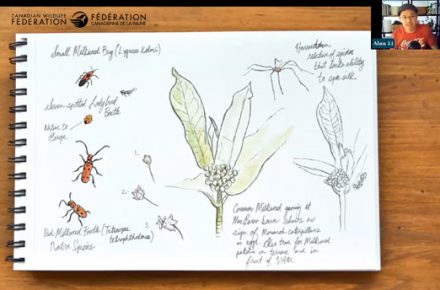
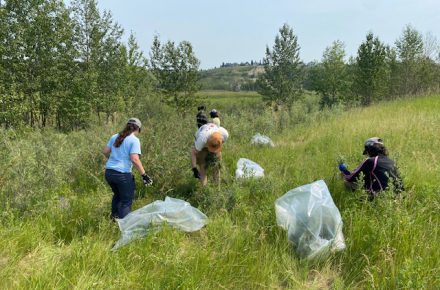
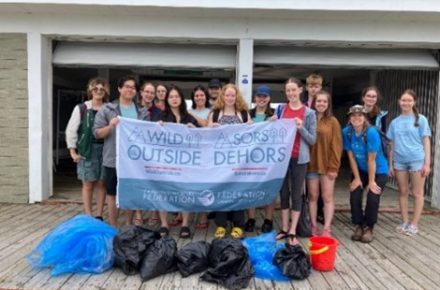
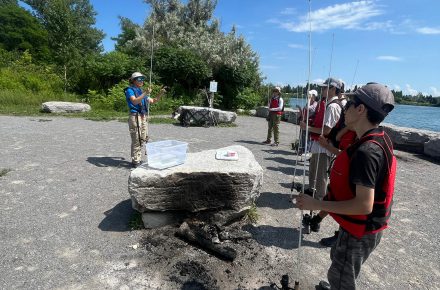



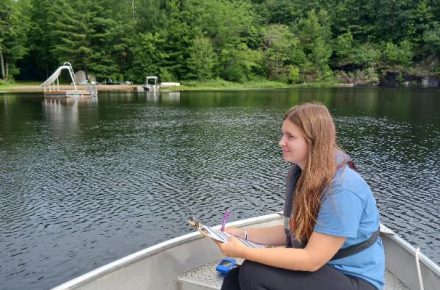

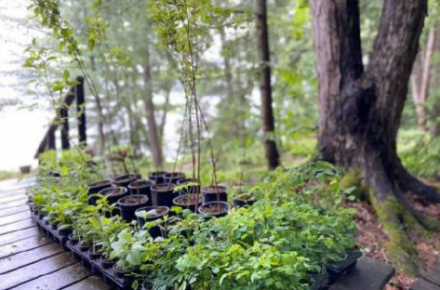
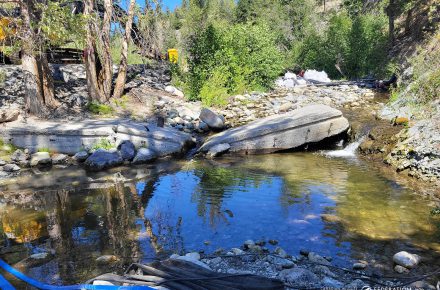

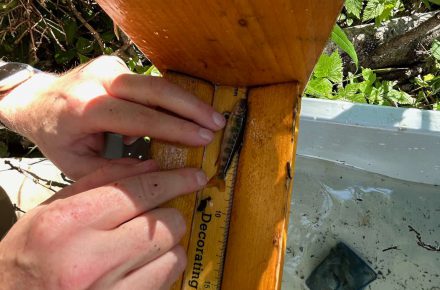
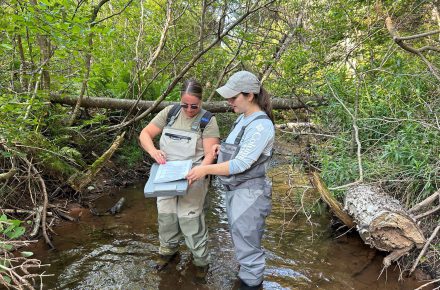

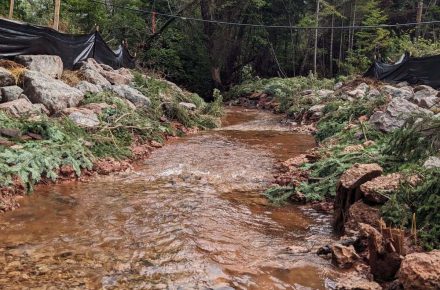
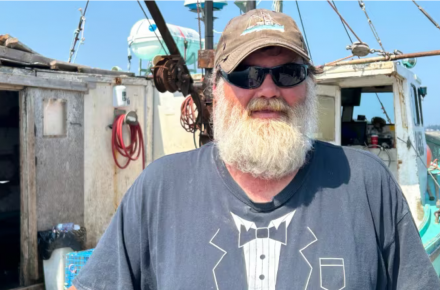

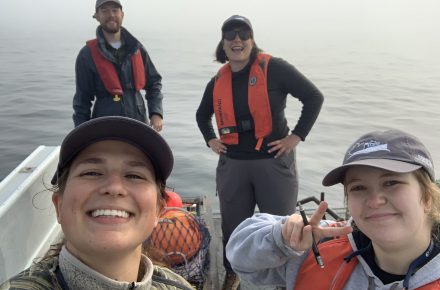
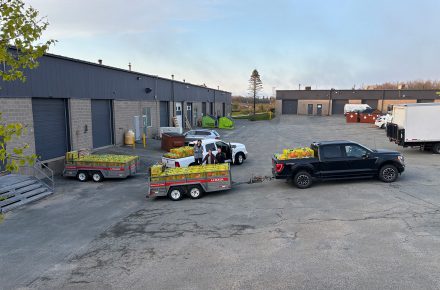
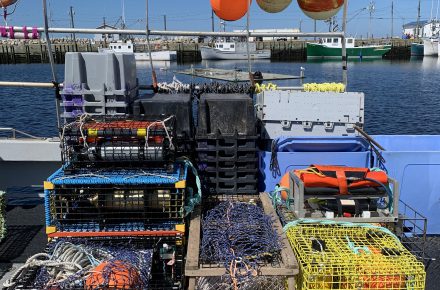
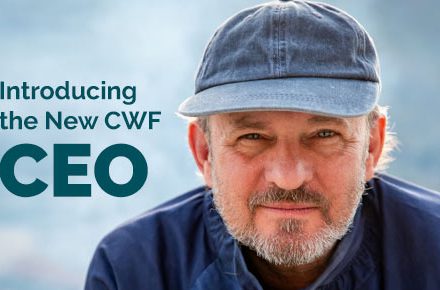

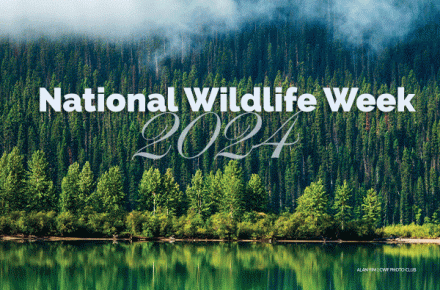


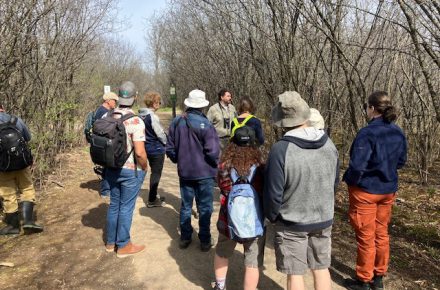


4 comments
Thank God there are groups like yours to help protect natural habitat and our wild life . How bad would it be if your work was not done ? Governments need to step up as well . They have lots of money to give other countries and special interest groups , but seem to be failing to help the issues here in Canada . Keeping the young ones involved in protecting nature is also a big plus , they will end up having to deal with the loss of habitat and animals . Keep up the good work .
Well done
We are so fortunate to have such an amazing, caring, intelligent group of folks that are looking after the awesome critters that inhabit our beautiful country. Fantastic job – keep up the great work!!!!
It is our honour!